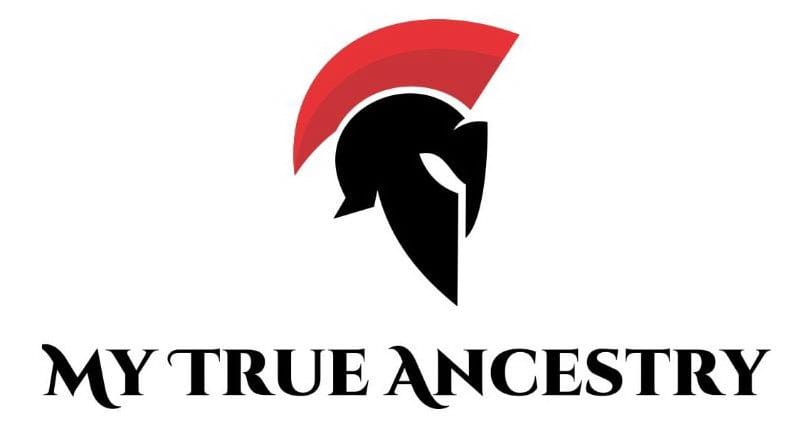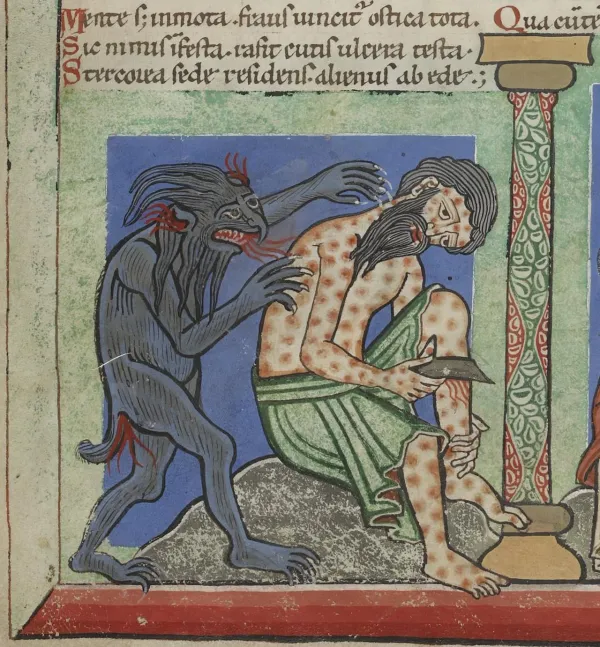Pre-European Leprosy in the Americas




Archaeological and Genetic Exploration of Pre-European Leprosy in the Americas
The recent study by Lopopolo et al. has shed light on a significant archaeological and genetic revelation regarding the history of leprosy in the Americas, unveiling the presence of this disease long before European contact. This finding emanates from the remains of ancient individuals excavated from strategic sites across Argentina and Canada, providing a historic backdrop to the understanding of leprosy's origins in the New World. The exploration of ancient DNA has embarked on an enthralling journey back in time, unraveling the mysteries of pre-European leprosy through meticulous analysis of three ancient individuals from both the Southern Cone of South America and British Columbia, Canada, who have revealed traces of Mycobacterium lepromatosis, a cousin of the more famous leprosy bacterium, Mycobacterium leprae.
During a meticulous excavation process, the remains of two individuals, identified as AR0018 and AR0353, were recovered from the Lower Valley of the Chubut River and Buey Muerto Archaeological Site, respectively. These sites, rich in historical context, offer a glimpse into early human settlements and cultural practices in Argentina. The archaeological sites have brought forth not just DNA but rich tapestries of ancient cultures. In the northwest of Argentina lies the Buey Muerto site, a settlement once bustling with the vibrancy of the Ciénaga culture, known for its agricultural innovations and social complexity. Here, the remains of an individual cataloged as AR0353 narrate stories of early sedentism and camelid pastoralism, representing a group that mastered sedentary lifestyles with remarkable social complexities, as seen in the cluster of habitats organized within the site.
Further south, the site along the Lower Valley of the Chubut River encapsulates the journey of hunter-gatherer communities, with the remains of another ancestor, AR0018, presenting us a glimpse into the lifeways of the Patagonian plains. This individual, dated back to 900 AD, provides insight into hunter-gatherer societies in the early Late Holocene, adorned with artificially modified skulls symbolizing cultural identity across millennia. These archaeological grounds are steeped in history, revealing not just human stories but traces of diseases that have travelled with ancient populations through time.
Across the continent, the Prince Rupert Harbour, lush with maritime history, has long sheltered Indigenous communities whose narratives intertwine with the DNA of ancestor XVII-B-357. This site, echoing with ancient footsteps, bespeaks of a leprosy transmission possibly linked through human and environmental interactions at the coast and riversides, suggesting alternative perspectives on disease propagation. This tense setting stood witness to community engagements amidst complex historical panoramas with longstanding histories, where the intriguing presence of Mycobacterium lepromatosis DNA was detected, expanding the narrative of leprosy northward, long before European contact reshaped the Americas.
Upon exploring these archaeological specimens, researchers employed cutting-edge ancient DNA extraction methods and sequencing techniques. This exhaustive process revealed traces of Mycobacterium lepromatosis, an ancient leprosy-causing bacterium. This pathogen, previously believed to have been introduced post-European contact, was detected in the genomic material of the excavated remains, transforming our understanding of disease spread and history. The field of ancient DNA analysis has taken monumental leaps over recent years with the advancement of molecular techniques, allowing a peek into prehistoric lives and societies through the lens of genetic information, akin to peering through a genetic time machine.
The methodologies employed in this scientific inquiry are as engaging as the results themselves. Guided by rigorous ethical frameworks and community engagements, the analysis involved sampling ancient teeth and other remains, processed in premier laboratories in Denmark and France. Using cutting-edge techniques, researchers extracted ancient DNA in pristine conditions, preserving endemic signals against contemporary contaminants. Each stage was meticulously choreographed—drilling into the apex of preserved teeth, pulverizing, and extracting genetic material to get clean shots of ancestral genomes, like tuning into an ancient broadcast with minimal static.
Delving further into the depths of genomic analysis, genomic libraries were prepared using sophisticated single-strand and double-strand library methods, tailored to maximize coverage and depth of reads, illuminating the presence of M. lepromatosis above environmental noise. This meticulous process maintains the integrity of ancient DNA while casting a wider net for reconstructing pathogen genomes. Sequencing techniques grew in complexity, delving into both broad shotgun approaches and specific enrichment protocols, achieving intriguing depth and yielding a detailed map of genome structures and recesses of previously unknown microbial guests.
Essential to the study's success was the involvement of Indigenous communities in both North and South America. Their profound connection to the excavation sites bolstered the ethical handling and interpretation of the findings. In British Columbia, Canada, the Metlakatla and Lax Kw'alaams First Nations provided crucial insights that enhanced the narrative surrounding these ancient remains. The article emphasizes the importance of community engagement in the field of archaeogenetics, particularly when handling ancient human remains, establishing respectful and meaningful collaborations with Indigenous communities and integrating their narratives into scientific research.
In the case of the ancestral remains studied from regions that are today called Argentina and Prince Rupert Harbour in Canada, the researchers worked closely with local museums, Indigenous scholars, and community members. The remains from Buey Muerto, Argentina, were sourced from the La Plata Museum and analyzed following permissions from local museum authorities and a national registry. The community involvement was evident when indigenous peoples such as the Chewelche, Günün a küna, and Mapuche were consulted about the research in Patagonia, ensuring that the study respected indigenous concerns and cultural heritage.
Each step of the archaeological and genetic expedition was conducted ethically, with local and international guidelines adhered to for sampling ancient remains. Permission for handling these specimens was granted by relevant museums and institutions, ensuring that the remains were treated with the utmost respect and scientific rigor. By engaging with these communities, the researchers ensured that the genetic data used, especially for the North American ancestor, was treated in a manner aligned with the wishes of the Indigenous groups. Consequently, human DNA sequences were removed and returned to the Metlakatla and Lax Kw'alaams First Nations, keeping only human-depleted files for analyses and future research, which underscores the ethical consideration operating throughout the study.
The exploration of Mycobacterium lepromatosis takes us into the depths of the Americas before European contact, revealing tales of genetic diversity and a bacterium that has managed to persist through millennia. DNA extracted from the teeth of individuals excavated from these sites, along with samples from British Columbia, offers a window into the genetic diversity of the leprosy bacterium. Through advanced techniques of ancient DNA sampling and careful conservation efforts, scientists can retrace the spread of leprosy, piecing together the genomic puzzles left by our ancestors, embedding these discoveries within a comprehensive North and South American context.
These revelations not only enrich our understanding of ancient leprosy in pre-contact Americas but also emphasize the rich biodiversity of disease reservoirs, including hints of zoonotic transmissions. The study underscores the enduring legacy of Mycobacterium lepromatosis within ancient populations and beckons further inquiries into the cultural and ecological narratives that shaped these ancient lives. The narrative of Mycobacterium lepromatosis isn't just about scientific data; it's about the lives that interwove with this disease, the settlements that braved its persistence, and the cultures that arose and adapted amidst its presence.
Through this poignant intersection of archaeology and genomics, the study has established a timeline that predates European influence, painting a vivid picture of Indigenous life enveloped by the shadow of disease. The engagement with community heritage and ethical frameworks reinforces the importance of collaboration in uncovering the narratives of our past. Such community engagement initiatives reflect a responsible practice in archaeogenetics, where the intersections of science and culture are navigated with sensitivity and ethical rigor. The involvement of communities not only aids in protecting archaeological and cultural legacies but also enhances the scientific narratives that emerge from these ancient genomic studies, making them richer and more accurate.
As researchers continue to unravel these genetic tales, they work arm-in-arm with communities, ensuring narratives are respectful and mindful of Indigenous histories and perspectives. In doing so, they not only respect the cultures of today but honor the people of the past whose lives left marks that, while unseen to the eye, are unveiled under the lens of genetic exploration. This captivating dive into the mysteries unsealed by ancient DNA in the Americas focuses on the archaeological richness and the individuals who serve as messengers from a time before European influence, with each site contributing uniquely to this picture, revealing the dynamic landscape of past human societies and their interactions with microbes.
The meticulous efforts at these archaeological sites were more than a mere archaeological endeavor; they were a journey through time, capturing the nuances of a bacterium that might have travelled with ancient populations, hidden in the silent shadows of history's pages. These scientific endeavors engaged not merely molecular specialists but also history enthusiasts by revealing unwritten chapters of health dynamics across pre-colonial landscapes, potentially redefining our understanding of ancient pathogens and the societal currents surrounding individuals now brought vividly to life with genetic nuance.
Comments